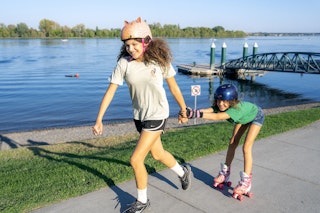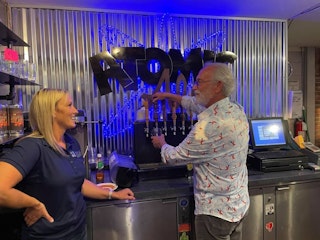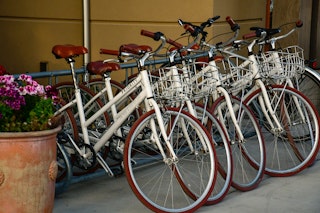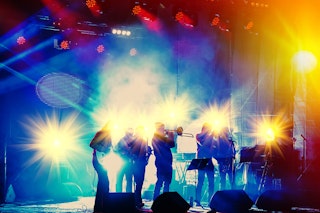Arts & Culture
Looking for handmade art and live entertainment of the performing arts? The Tri-Cities hosts a wide variety of music, stage, and dance shows and performances, plus art galleries.
Music
Mid-Columbia Symphony
The Symphony performs live classical and popular music. Each year features four concerts, offering a variety of enriching entertainment and cultural experiences.
Mid-Columbia Mastersingers
The Mid-Columbia Mastersingers have been bringing outstanding choral music to Southeastern Washington for over 30 years. Presenting a series of five concerts throughout the season, they perform works from the rich tradition of choral music as well as music from contemporary composers.
Dance
Mid-Columbia Ballet
Mid-Columbia Ballet is Southeastern Washington’s premier performing dance company. They are best known for their annual traditional holiday performances of The Nutcracker, but you can also attend one of their regular public performances.
Stage
Mid-Columbia Musical Theater
The Mid-Columbia Musical Theatre is the premier organization in the Tri-Cities for musical productions featuring local talent of all ages. See the next show for a memorable performance and captivating vocal music!
Richland Players
The Richland Players has been bringing community theater to the Tri-Cities since 1944, and puts on five plays per year. With comedy, mystery, drama, and the occasional musical, audiences will enjoy old classics by famous playwrights and contemporary works by new playwrights.
Galleries
Gallery at the Park
The Allied Arts Association’s Gallery at the Park has been showcasing Pacific Northwest artists' works for almost 100 years. Check out more than 250 regional artists in the Townside Gallery, plus the spotlight artists in the Parkside Gallery, which are regional or national. Come often—exhibitions in both change monthly.
DrewBoy Creative
Find challenging and conversation-sparking works at DrewBoy Creative in Richland. The gallery collaborates with emerging artists, those who challenge the artistic status quo, and artists from diverse and marginalized backgrounds to stimulate the art appreciator in all.
White Bluffs Quilt Museum
Explore the rich intricacies and history of textiles at the White Bluffs Quilt Museum in Richland, with exhibitions, classes, and an extensive quilting library.








































